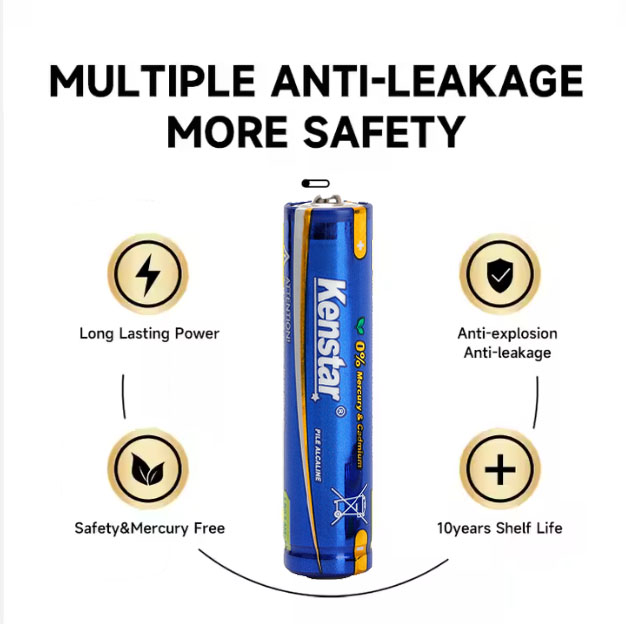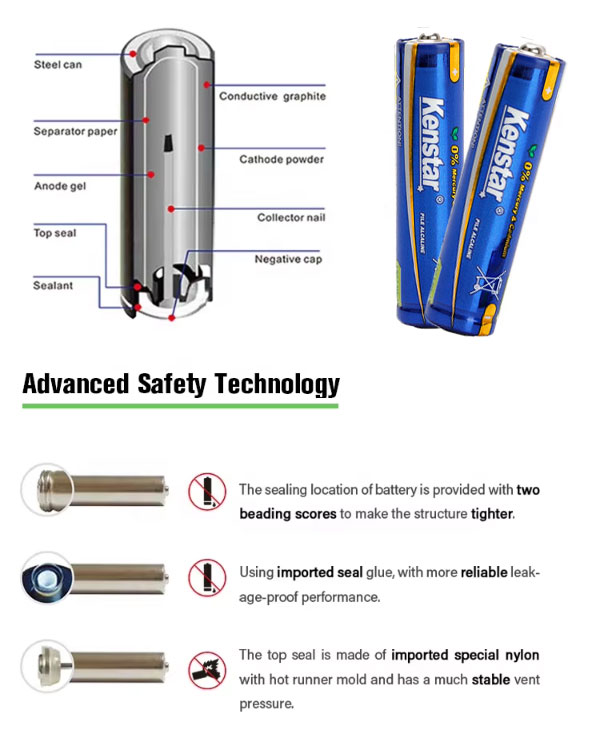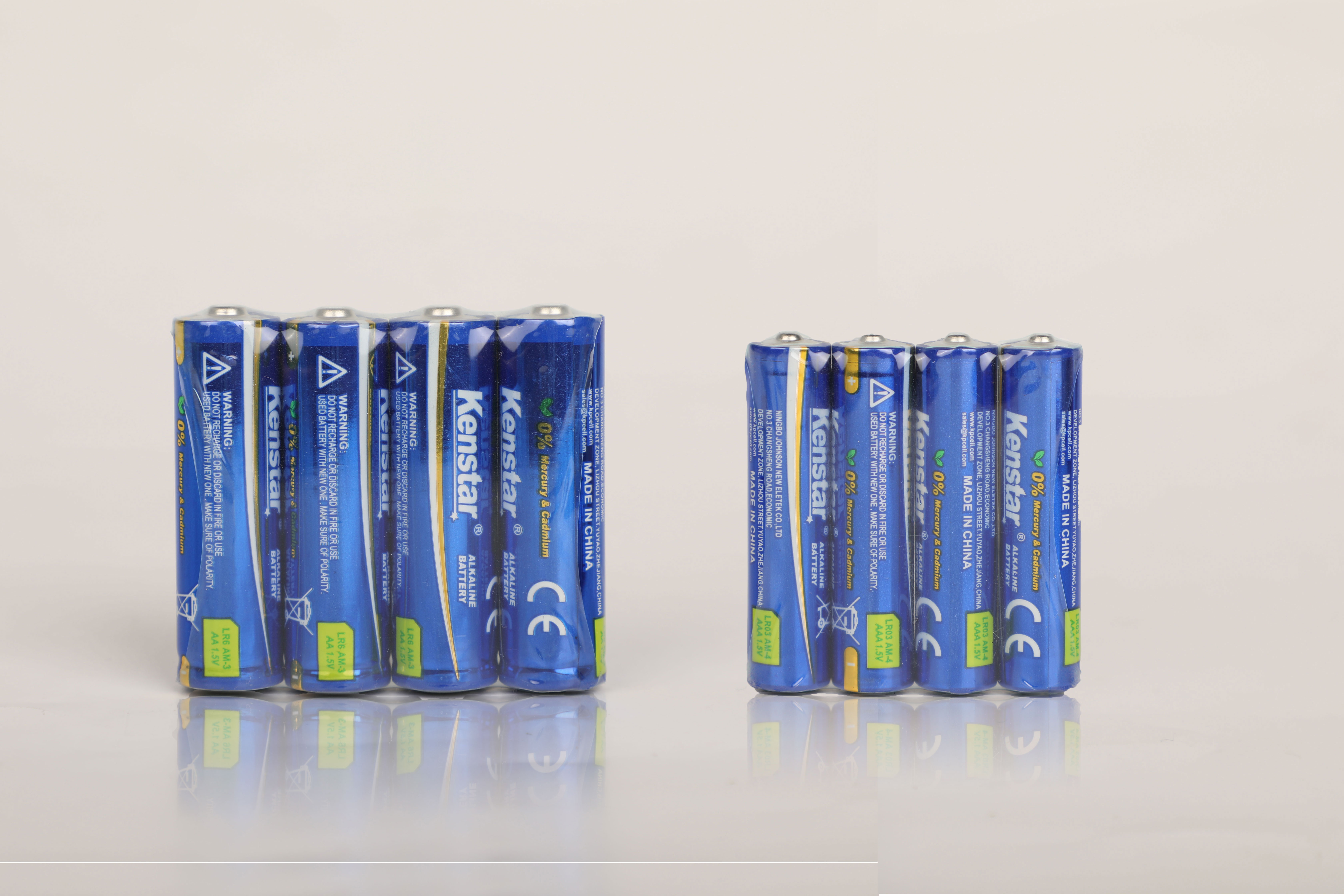
Alkaline battery capacity changes significantly with drain rate. This variability can impact device performance, especially in high-drain applications. Many users rely on alkaline batteries for their gadgets, making it essential to understand how these batteries perform under different conditions.
Key Takeaways
- Alkaline batteries lose capacity in cold temperatures. They retain only about 33% of their capacity at 5°F compared to room temperature.
- High-drain devices can cause overheating and voltage drops in alkaline batteries. This can lead to device malfunctions and battery damage.
- Choosing high-quality alkaline batteries for high-drain applications can improve performance. Consider alternatives like lithium-ion batteries for better reliability.
Understanding Alkaline Battery Capacity
Alkaline batteries have a specific capacity that can change based on several factors. I find it fascinating how these batteries perform differently under various conditions. Understanding these nuances helps me make informed choices when selecting batteries for my devices.
One significant factor affecting alkaline battery capacity is temperature. When I use alkaline batteries in cold environments, I notice a marked decrease in performance. For instance, at low temperatures, specifically around 5°F, alkaline batteries retain only about 33% of their capacity compared to room temperature. This means that if I rely on these batteries in colder conditions, I may not get the performance I expect. Interestingly, when I bring the batteries back to room temperature, they regain their remaining capacity, allowing me to use them again.
Another critical aspect is the discharge rate, which relates to the Peukert effect. This phenomenon indicates that as the discharge rate increases, the effective capacity of the battery decreases. While this effect is more pronounced in lead-acid batteries, alkaline batteries also experience some capacity loss at higher discharge rates. I’ve observed that when I use alkaline batteries in high-drain devices, they tend to deplete faster than I anticipated. The Peukert constant varies for different battery types, which means that understanding this effect can help me gauge how much capacity I might lose under different loads.
The Impact of Discharge Rates on Alkaline Batteries

When I use alkaline batteries in high-drain devices, I often notice a significant impact from the discharge rates. The performance of these batteries can vary dramatically based on how quickly I draw power from them. This variability can lead to unexpected results, especially when I rely on them for critical tasks.
One of the most common issues I encounter is overheating. When I push alkaline batteries beyond their limits, they tend to heat up. This overheating can occur when I overload the batteries or create a short circuit. If I don’t monitor the situation, I risk damaging the batteries, which can lead to leakage or even outgassing.
Another concern is voltage drops. I’ve experienced brief drops in voltage when using alkaline batteries to power high-draw devices like motors. These voltage fluctuations can disrupt the operation of my devices, causing them to malfunction or shut down unexpectedly.
Under heavy discharge conditions, I also find that alkaline batteries deliver less capacity than I expect. This underperformance can be frustrating, especially when I need reliable power for my gadgets. The table below summarizes the most common failure modes I’ve observed with alkaline batteries under heavy discharge conditions:
| Failure Mode | Description |
|---|---|
| Overheating | Occurs when batteries are overloaded or shorted for a significant time, leading to potential leakage or outgassing. |
| Voltage Drops | Brief drops in voltage can occur, especially when powering high-draw devices like motors. |
| Underperformance | Alkaline batteries may deliver significantly less capacity under high loads compared to lower loads. |
Understanding these impacts helps me make better choices when selecting alkaline batteries for my devices. I’ve learned to consider the specific requirements of my gadgets and the expected discharge rates. This knowledge allows me to avoid potential pitfalls and ensure that I have the power I need when I need it.
Empirical Data on Alkaline Battery Performance
I often turn to empirical data to understand how alkaline batteries perform in real-world scenarios. Laboratory tests reveal interesting insights about their capabilities. For instance, cheaper AA alkaline batteries excel in low-current discharge applications. They provide a better Ah/$ value, making them a cost-effective choice for devices that don’t require high power. However, when I need batteries for high-power applications, such as photo-flash discharges, I opt for more expensive alkaline batteries. Their superior material composition ensures better performance under demanding conditions.
When comparing leading brands, I find notable differences in performance. ACDelco consistently ranks as the top performer in PHC transmitter tests. Energizer Ultimate Lithium stands out for its exceptional longevity, making it ideal for devices where battery replacement is infrequent. On the other hand, I’ve noticed that Rayovac Fusion often fails to meet its advertising claims regarding longevity, especially under heavy discharge conditions. Fuji Enviro Max batteries have also disappointed me with their performance, leading me to recommend proper disposal. Lastly, while PKCell Heavy Duty batteries offer good value, they do not perform as well in transmitter tests compared to other brands.
These insights help me make informed decisions when selecting alkaline batteries for my devices. Understanding the empirical data allows me to choose the right battery for the right application, ensuring reliable performance.
Practical Implications for Alkaline Battery Users
As I navigate the world of alkaline batteries, I realize that understanding their practical implications is crucial for effective usage. High-drain devices can significantly impact battery life and overall costs. I’ve learned that effective battery management systems can extend battery lifetimes, potentially doubling them from 10 years to 20 years. This extension can reduce total ownership costs by over 30%, which is a substantial saving for users like me who rely on these batteries for demanding applications.
When using alkaline batteries, I also need to consider safety. The risk of leakage is a significant concern. If I leave batteries in devices for too long, especially older ones or when mixing new and old batteries, I might face leakage issues. The corrosive potassium hydroxide can damage my electronics. Additionally, I must avoid attempting to recharge non-rechargeable alkaline batteries. This practice can lead to gas buildup and potential explosions, especially under high temperatures.
To ensure optimal performance and safety, I follow these guidelines:
- Regularly check and replace batteries in devices.
- Store batteries in a cool, dry place to minimize risks.
- Avoid mixing different brands or types of batteries.
By being proactive, I can enhance the reliability of my devices and ensure that my alkaline batteries perform as expected.
Recommendations for Using Alkaline Batteries in High-Drain Applications

When I use alkaline batteries in high-drain devices, I take several steps to maximize their performance and lifespan. First, I always choose high-quality batteries designed specifically for high-drain applications. These batteries often deliver better results than standard alkaline batteries.
I also pay attention to storage practices. I store my batteries in a cool, dry place to prevent corrosion and maintain effectiveness. For long-term storage, I remove batteries from devices to avoid unintentional drainage. Regular maintenance is crucial too. I inspect and clean battery contacts to ensure proper conductivity and monitor battery capacity for timely replacements.
To identify high-drain devices, I look for those that require batteries to deliver high current quickly. Examples include digital cameras, gaming controllers, and remote-controlled cars. Alkaline batteries often struggle with these demands, leading to poor performance.
For those considering alternatives, switching to rechargeable batteries can be a wise investment. Although the initial cost is higher, rechargeable batteries can be used up to 1000 times, leading to significant long-term savings.
Here’s a quick comparison of battery types for high-drain applications:
| Battery Type | Voltage | Specific Power | Advantages | Disadvantages |
|---|---|---|---|---|
| Lithium ion | 3.6 | >0.46 | Very high energy density, low self-discharge | Very expensive, volatile |
| Lithium Iron Phosphate (LiFePO4) | 3.3 | >0.32 | Good performance, high discharging current | Limited C-rate, moderate specific energy |
| Lithium Manganese Oxide (LiMn2O4) | 3.8 | >0.36 | High thermal stability, fast charging | Limited cycle life |
By following these recommendations, I can ensure that my devices operate efficiently and reliably, even under demanding conditions.
I find that alkaline batteries are less reliable under heavy discharge conditions. Users should consider alternatives for high-drain devices, such as lithium-ion batteries, which offer better performance. Understanding alkaline battery specifications helps me make informed choices, ultimately leading to more efficient and cost-effective power solutions.
FAQ
What are the best batteries for high-drain devices?
I recommend lithium-ion batteries for high-drain devices. They provide better performance and longer life compared to alkaline batteries.
How can I extend the life of my alkaline batteries?
To extend alkaline battery life, store them in a cool, dry place and regularly check devices for battery corrosion or leakage.
Can I recharge alkaline batteries?
I advise against recharging non-rechargeable alkaline batteries. This practice can lead to gas buildup and potential hazards.
Post time: Sep-03-2025




